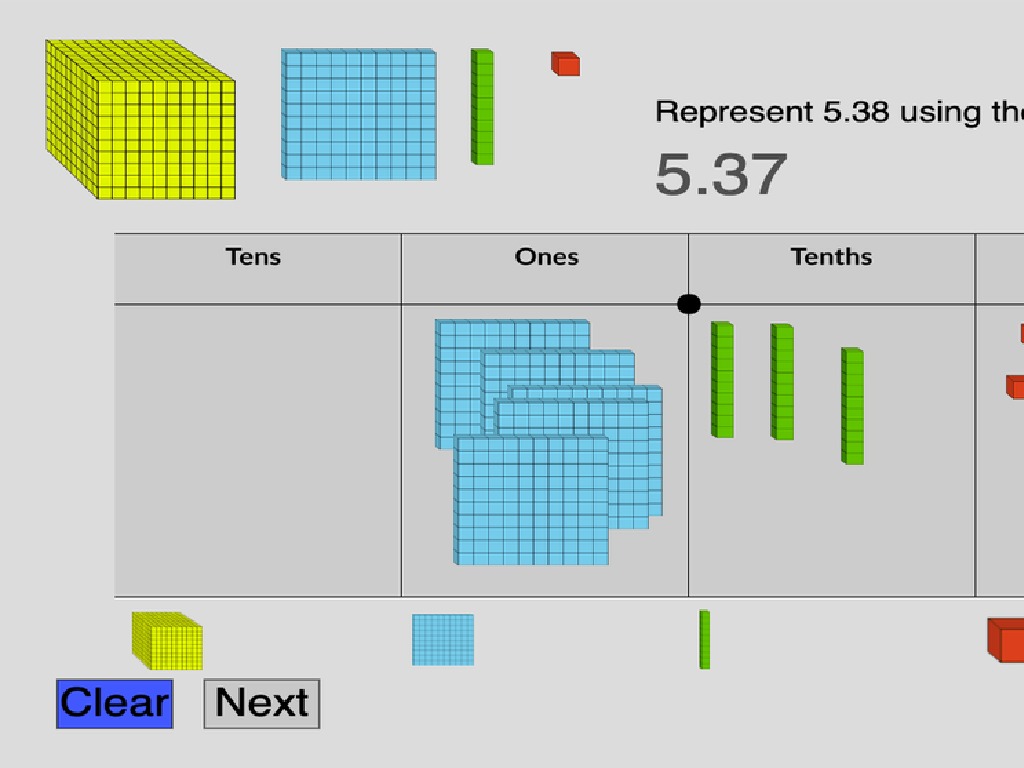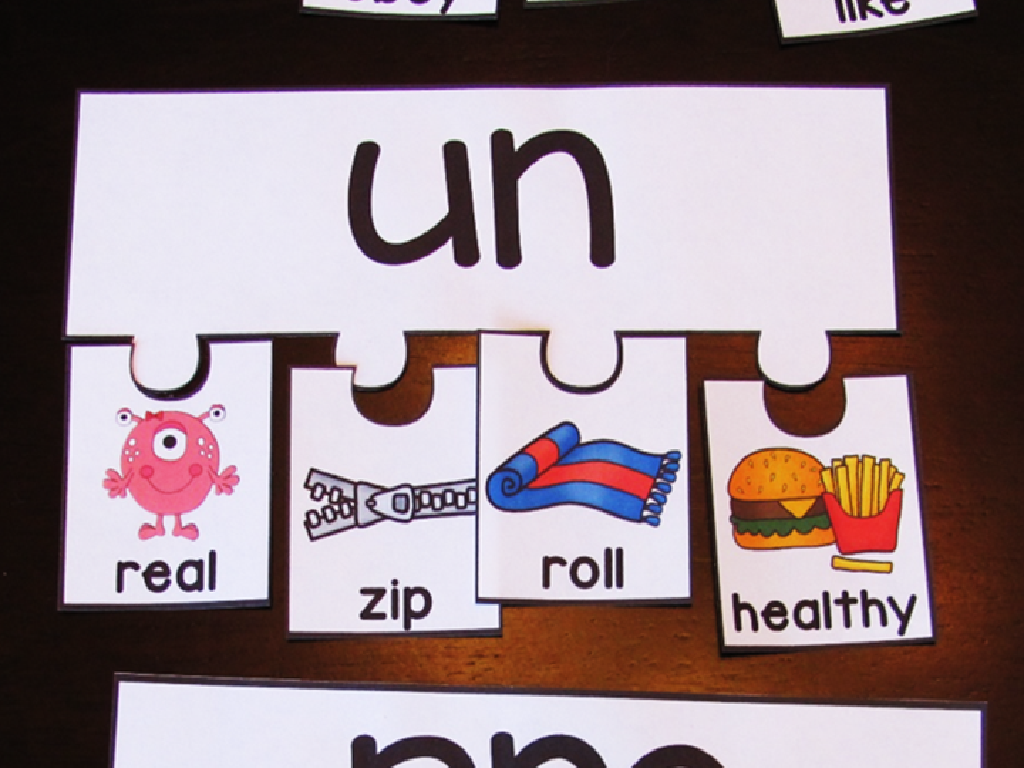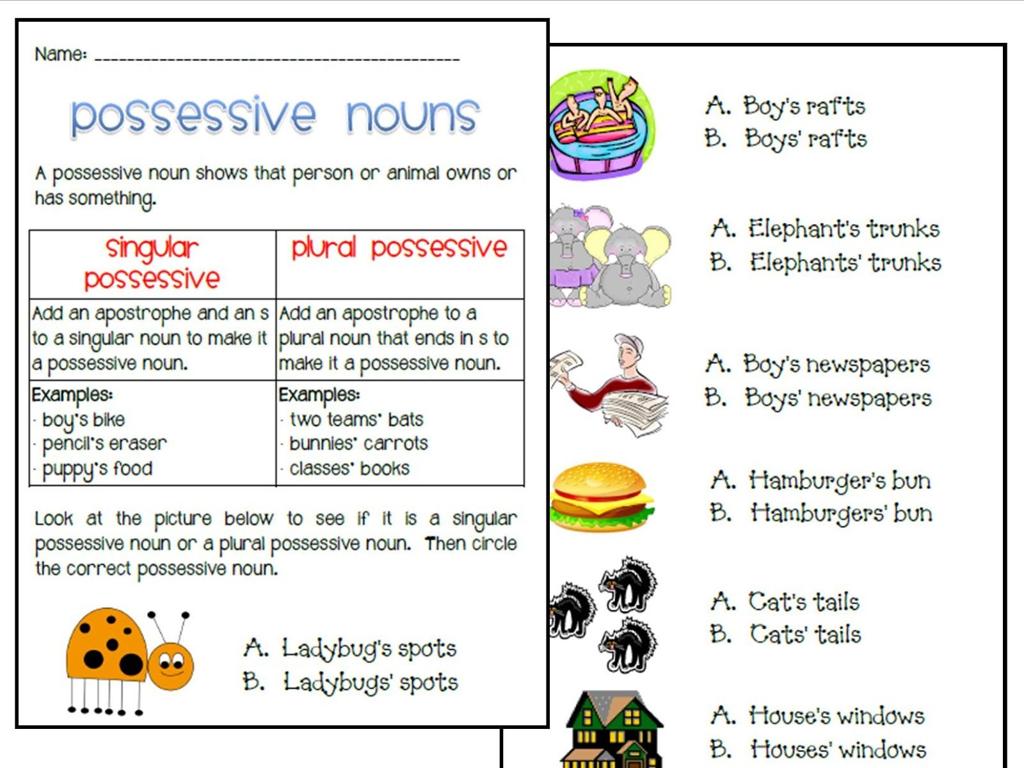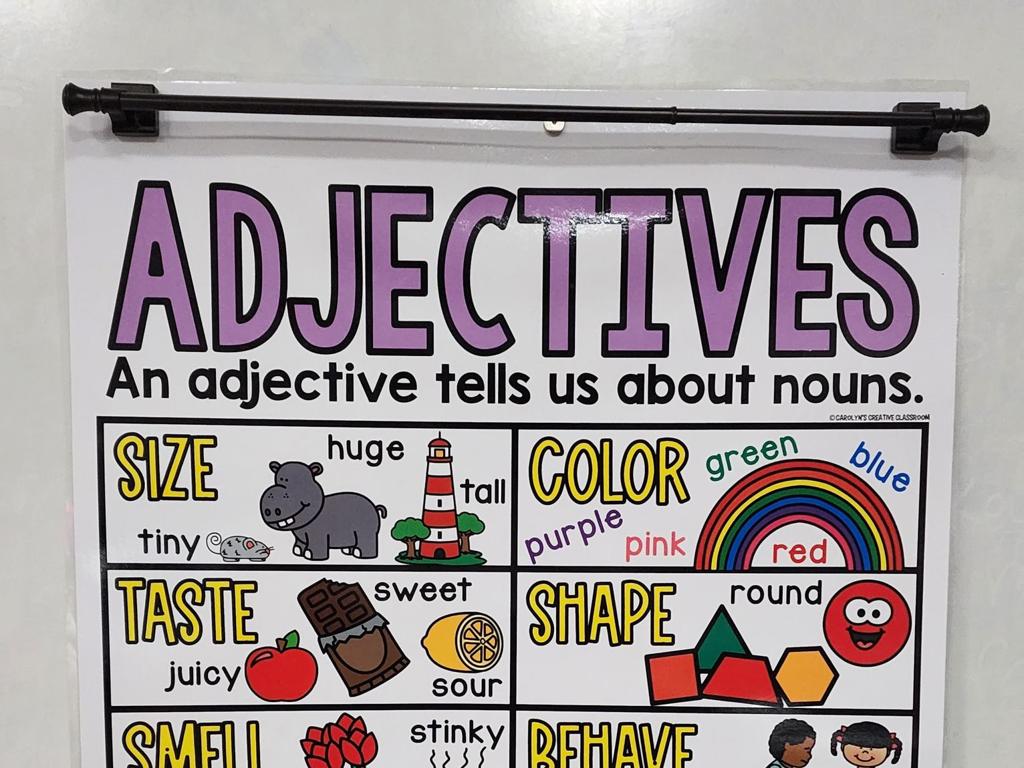Citizenship
Subject: Arts and humanities
Grade: High school
Topic: Us Government And Civics
Please LOG IN to download the presentation. Access is available to registered users only.
View More Content
Introduction to Citizenship
– Defining Citizenship
– Citizenship is the status of being a member of a nation, with rights and duties.
– Being a US Citizen
– It means allegiance to the US and enjoying freedoms and liberties.
– Citizens’ Rights
– Rights include voting, free speech, and privacy.
– Citizens’ Responsibilities
– Responsibilities involve jury duty, obeying laws, and participating in democracy.
|
This slide introduces the concept of citizenship within the context of the US government and civics. It’s crucial to convey that citizenship is not just a legal status but a deeper connection to the nation, involving both privileges and duties. Highlight the unique rights that US citizens enjoy, such as participating in democratic processes and the protection of personal freedoms. Also, emphasize the importance of responsibilities that come with citizenship, including civic duties and adherence to the law. Encourage students to reflect on what citizenship means to them personally and how they can actively participate in their communities and the nation.
Historical Perspective on US Citizenship
– The Constitution: Foundation of Citizenship
– The Constitution establishes the principles of citizenship and rights.
– 14th Amendment: Birthright Citizenship
– Grants citizenship to all born or naturalized in the US.
– Evolution of US Citizenship Laws
– Laws have adapted to include more people over time.
– Impact of Historical Amendments
– Amendments have expanded the definition and rights of citizens.
|
This slide aims to provide students with a historical overview of citizenship in the United States. Begin with how the Constitution laid the groundwork for defining citizenship and the rights associated with it. Discuss the significance of the 14th Amendment, which clarified birthright citizenship. Highlight how citizenship laws have evolved to become more inclusive, reflecting changes in society and values. Emphasize the impact of historical amendments on expanding the definition and rights of citizens, including voting rights and equal protection. Encourage students to think about how these changes have shaped the nation’s understanding of citizenship today.
Paths to U.S. Citizenship
– Citizenship by birthright
– Born in the U.S. or to U.S. citizen parents.
– The naturalization process
– A multi-step legal process for non-citizens to become citizens.
– Key requirements for naturalization
– Must meet eligibility criteria like residency and language proficiency.
– Case study: An individual’s journey
– Explore a real-life example of someone achieving U.S. citizenship.
|
This slide aims to educate high school students on the various ways one can become a U.S. citizen, focusing on birthright and naturalization. Birthright citizenship is granted to individuals born in the United States or to U.S. citizen parents, regardless of the parents’ citizenship. The naturalization process is more complex, involving several steps such as applying for citizenship, passing language and civics tests, and attending an interview. Highlight the importance of meeting all requirements, including continuous residency and good moral character. The case study will provide a tangible example of the naturalization process, making the abstract concept more relatable and easier to understand. Encourage students to think critically about the process and to empathize with those who undergo it.
Rights of Citizens in the US
– Constitution protects fundamental rights
– Rights like speech, religion, and press are constitutionally guaranteed.
– First Amendment: Essential freedoms
– First Amendment safeguards speech, religion, assembly, press, and petition.
– Distinguishing rights from privileges
– Rights are inherent, privileges are granted and can be conditional.
– Examples of rights vs. privileges
– Voting is a right; driving is a privilege requiring a license.
|
This slide aims to educate high school students on the fundamental rights that are protected by the US Constitution, emphasizing the critical nature of the First Amendment. It’s important to clarify the distinction between rights, which are inherent and protected by law, and privileges, which are granted by an authority and can be taken away under certain conditions. Examples will help students understand the practical implications of these concepts. The First Amendment is particularly important as it lays the foundation for a democratic society by protecting freedoms that allow citizens to express themselves and hold the government accountable. Encourage students to think of additional examples and discuss the relevance of these rights in their daily lives.
Citizenship: Duties and Responsibilities
– Understanding civic duties
– Mandatory tasks like jury duty, paying taxes, and obeying laws
– Embracing civic responsibilities
– Voluntary acts like voting, being informed, and community service
– Active citizenship in democracy
– Participation in civic life is crucial for a healthy democracy
– The impact of civic engagement
|
This slide aims to educate high school students on the various aspects of being a responsible citizen within the context of U.S. government and civics. Civic duties are legally required actions that ensure the stability of our government and society, such as serving on a jury, paying taxes, and obeying laws. Civic responsibilities, while not mandatory, are equally important and include voting in elections, staying informed about public issues, and contributing to the community through service. Active citizenship is the engagement of citizens in the democratic process, which is vital for the representation and functioning of democracy. Encourage students to reflect on how they can fulfill their civic duties and responsibilities to become active participants in their communities and the nation.
Challenges to Citizenship: Past and Present
– Historical challenges to rights
– Examples: Suffrage movement, Civil Rights Act
– Contemporary citizenship debates
– Current issues: Voter ID laws, gerrymandering
– Immigration and citizenship nexus
– How immigration policies shape citizenship
– Landmark Supreme Court case study
– Explore a case like United States v. Wong Kim Ark
|
This slide aims to explore the various challenges that have faced and continue to face the concept of citizenship in the United States. Historically, groups have fought for their citizenship rights, as seen in the suffrage movement and the Civil Rights Act. In contemporary times, debates over voter ID laws and gerrymandering highlight ongoing struggles. Immigration plays a crucial role in shaping the landscape of citizenship, with policies often reflecting the nation’s stance on who should be considered a citizen. A case study, such as United States v. Wong Kim Ark, provides a concrete example of how the Supreme Court has interpreted the 14th Amendment in the context of citizenship. Encourage students to think critically about how these challenges affect our understanding of citizenship today.
Global Citizenship: Responsibilities and Actions
– Defining global citizenship
– Being a global citizen involves understanding and engaging with worldwide issues.
– Balancing national and global duties
– National responsibilities don’t overshadow our duties to the global community.
– Global citizenship in practice
– Volunteering, sustainable living, and advocacy are forms of active global citizenship.
– Examples from around the world
– Look at international cooperation like the UN’s Sustainable Development Goals.
|
This slide aims to introduce the concept of global citizenship, which extends the idea of community from local and national to a global scale. It’s important for students to recognize that being a global citizen does not mean neglecting national responsibilities; rather, it’s about finding a balance and understanding how our actions impact the wider world. Provide examples of global citizenship, such as participating in international volunteer programs, advocating for global human rights, and contributing to sustainable practices that protect the environment. Discuss how global citizenship is exemplified through international efforts like the United Nations’ Sustainable Development Goals, which aim to address global challenges such as poverty, inequality, and climate change.
Class Activity: Citizenship Role-Play
– Engage in citizenship scenario role-play
– Represent diverse citizenship perspectives
– Discuss the role-play experience
– Share thoughts on the scenarios enacted
– Reflect on the activity’s insights
– Consider the different viewpoints and their implications
|
This class activity involves students actively participating in a role-play to explore various perspectives on citizenship. Divide the class into small groups, assigning each a different viewpoint or scenario related to citizenship. This could include perspectives such as a new immigrant applying for citizenship, a long-time citizen participating in a community project, or a government official implementing citizenship policies. After the role-play, lead a class discussion to allow students to share their experiences and what they’ve learned. Encourage them to reflect on the importance of understanding different aspects of citizenship and how it affects individuals and the community. Possible activities for different groups could include debating citizenship requirements, acting out a citizenship ceremony, or discussing the rights and responsibilities of citizens.






